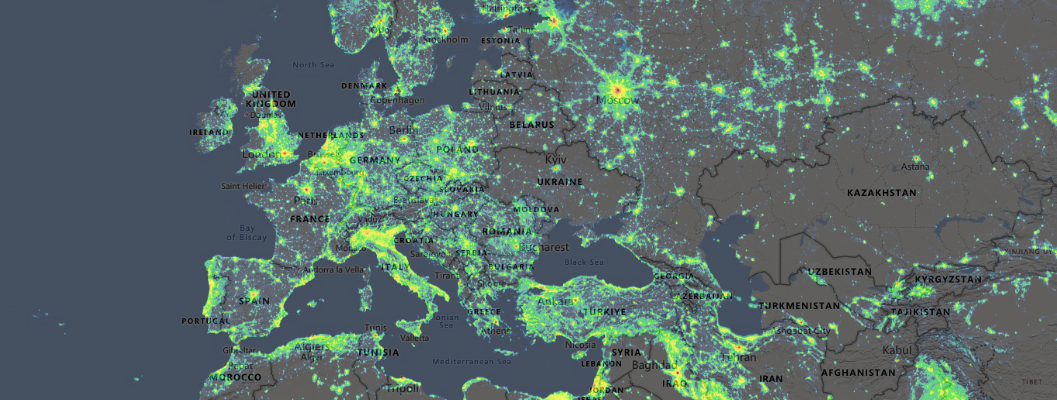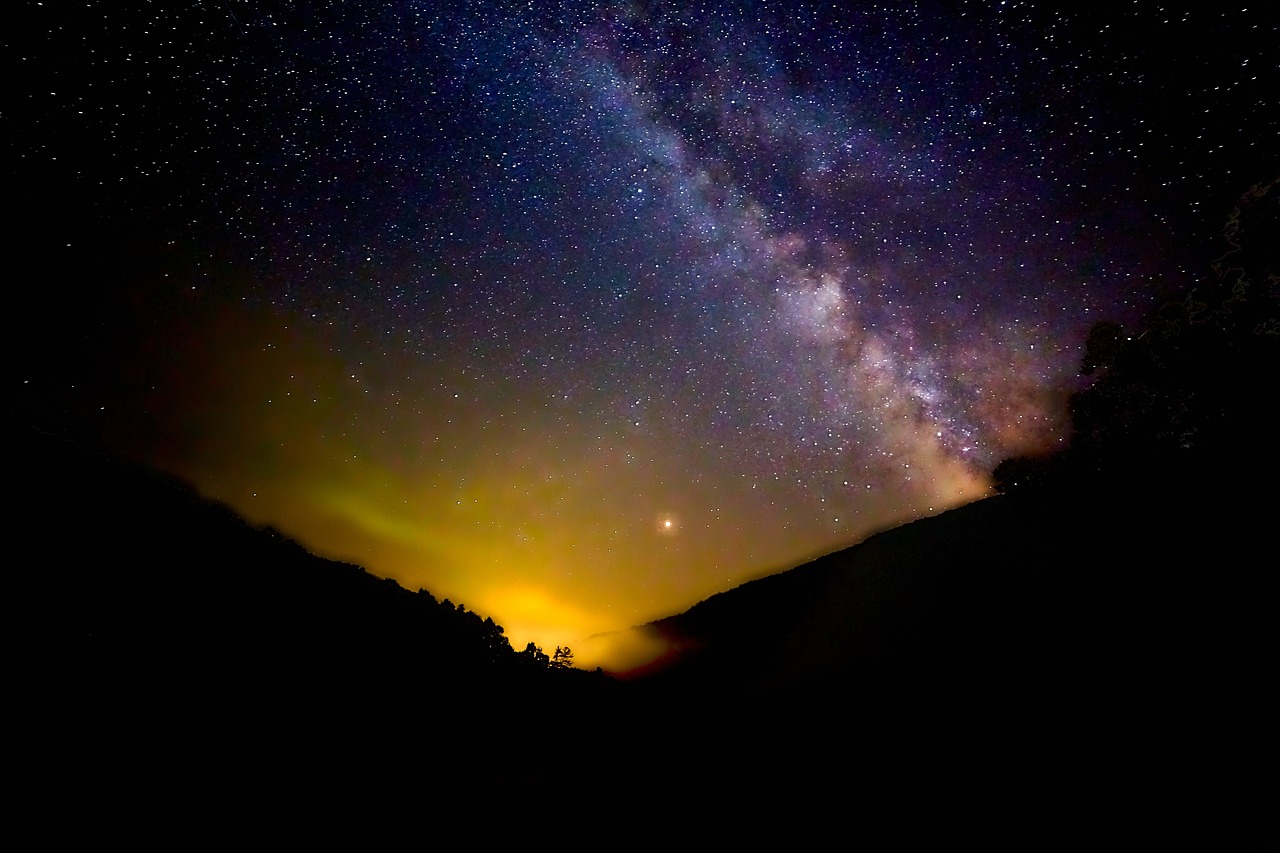To start working on a topic it is necessary to work on the state of the art. What is the situation of light pollution in Central Europe? How has it evolved over the years? Is anyone working or carrying out studies on the subject?
This is what we did in the 6 Country Based Reports that we completed in the first half of the project. We analysed the situation in Austria, Germany, Hungary, Italy, Poland and Slovenia, with particular attention to the areas in which we will be working the most.

We already had an initial answer: Central Europe is one of the most light polluted areas in the world. However, our work has allowed us to analyse differences and trends. Austria, for example, is a small exception with a not too serious situation and with very advanced policies and awareness on the subject. In the other countries, on the other hand, the situation is more varied. Light pollution has increased or decreased in different ways over the last 25 years, since the first laws on light pollution began to be approved by states and regions.
There are 9 reserves and parks certified by the IDA (International Darksky Association) in the project’s partner countries (none in Italy and Slovenia). A good sign, at least as far as natural areas are concerned.
In each territory of the project, from the national to the local level, we analysed the situation in terms of light pollution, regulations and actions taken to reduce it, and ecosystems at risk. This work has made possible to analyse organisations working on the subject or studies carried out in the areas where the project will be developed. There is a wide variety of organisations, including associations, university departments and government offices. However, the subject still seems to be a ‘niche’ one, with few studies carried out.
The studies vary from trees exposed to direct artificial light often retain their leaves longer, into late fall and winter, while trees of the same species growing farther from lamps shed their leaves much earlier, something observed in the white horse chestnut trees in the city park in Toruń, bats species influenced by a construction site in North West Italy illuminated during the night or the fact that the areas of study are important night migratory birds corridors.
Despite the differences at a local level, there is still a lot of work to be done both at a local and European level. Central Europe is still very light polluted, the actions to combat it are still few and underdeveloped and the networks at a European level still seem weak.
In short, the first step has been completed, now we need to find strategies and solutions to raise awareness on the issue.
